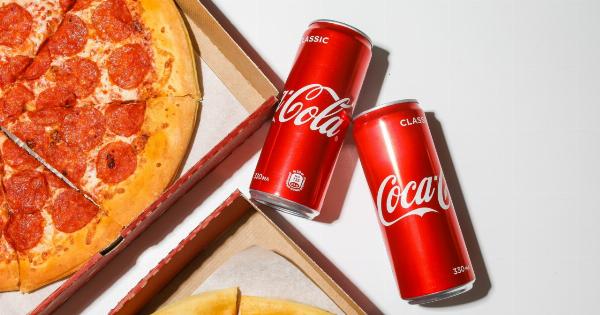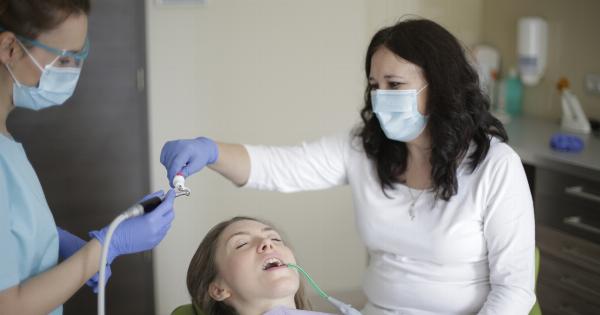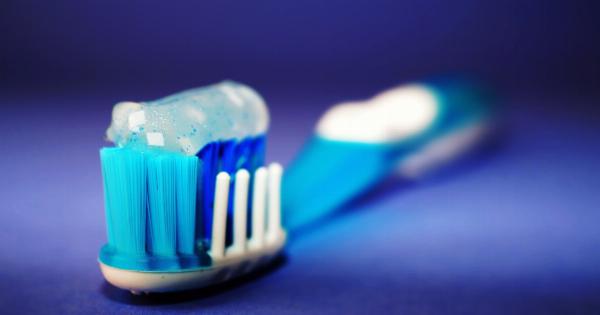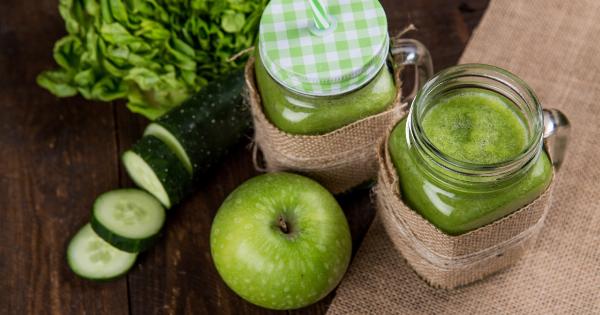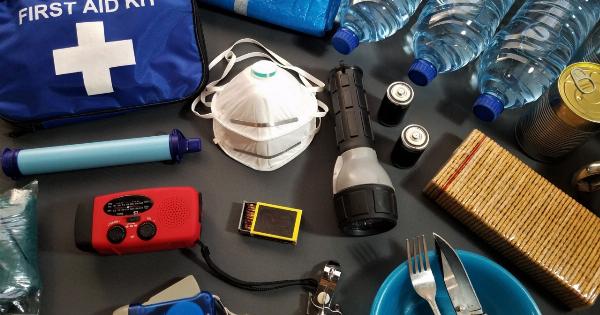Dog owners around the world have commonly heard the age-old saying that a dog’s saliva is cleaner than a human’s.
This statement has been passed down through generations, but is there any truth behind it? In this article, we will explore the reality of dog saliva’s cleanliness compared to that of humans.
The Composition of Dog Saliva
Before we delve into the cleanliness aspect, it is important to understand the composition of dog saliva. Similar to human saliva, dog saliva contains enzymes that aid in the digestion process.
Additionally, it contains natural antibiotic properties that help dogs fight off infections and clean their wounds. This antibacterial component has sparked the belief that dog saliva must be cleaner than human saliva.
Human Saliva: A Natural Defense Mechanism
Human saliva plays a crucial role in maintaining oral health. It contains various enzymes and proteins that promote teeth and gum health, aid in digestion, and protect against harmful bacteria.
Human saliva also contains antibodies that can neutralize infectious agents, keeping our mouths clean and healthy.
Differences in Mouth Bacteria
Dogs and humans have different oral microbiomes, which consist of different types and amounts of bacteria. Several studies have shown that human saliva contains a higher diversity of bacteria than dog saliva.
However, this does not necessarily mean that one is cleaner than the other. The diversity of bacteria in human saliva is part of a healthy oral ecosystem, contributing to various oral functions and overall health.
Bacterial Transfer – The Cleanliness Factor
An important consideration when discussing the cleanliness of dog saliva is the transfer of bacteria. Dogs use their mouths to explore the world, licking various objects and surfaces.
As a result, they may come into contact with harmful bacteria, such as those found on the ground or in feces. When a dog licks a human, there is a potential transfer of these bacteria from the dog’s mouth to the human’s skin or mucous membranes.
On the other hand, humans have evolved with cultural practices that discourage licking objects or sharing food through direct mouth contact.
While accidental transmission of bacteria can still occur, humans are generally exposed to fewer harmful bacteria through saliva contact.
Health Risks Associated with Dog Saliva
While dog saliva does possess certain antibacterial properties, it is not entirely devoid of risk. Some bacteria commonly found in dog saliva, such as Capnocytophaga and Pasteurella, have been associated with infections in humans.
These infections can range from mild skin irritations to more severe illnesses, especially in individuals with weakened immune systems.
When Dog Saliva Can Be Beneficial
Despite the potential health risks, there are situations where dog saliva can have positive effects. For instance, some studies suggest that exposure to dog saliva during early childhood may reduce the risk of developing allergies and asthma.
The interaction between dog saliva and a developing immune system could help train the body to better tolerate allergens.
Practicing Responsible Hygiene
While dog saliva may have some benefits, it is important to practice responsible hygiene to minimize any potential risks.
This includes avoiding direct contact with dog saliva, especially on open wounds or scratches, and washing hands thoroughly after handling pets or allowing them to lick you.
Conclusion
So, is dog saliva really cleaner than a human’s? The answer is not as simple as a yes or no. While dog saliva does possess certain antibacterial properties, it is not entirely cleaner than human saliva.
The differences lie in the oral microbiomes, the potential transfer of harmful bacteria, and the associated health risks. Ultimately, responsible hygiene and minimizing direct contact with dog saliva are essential for maintaining good health.


